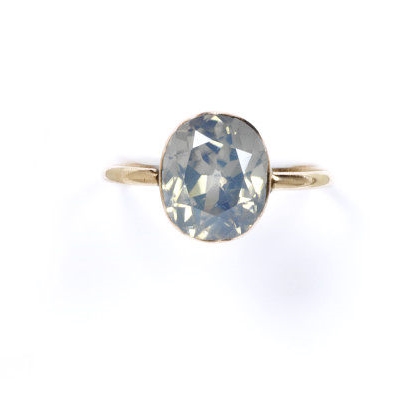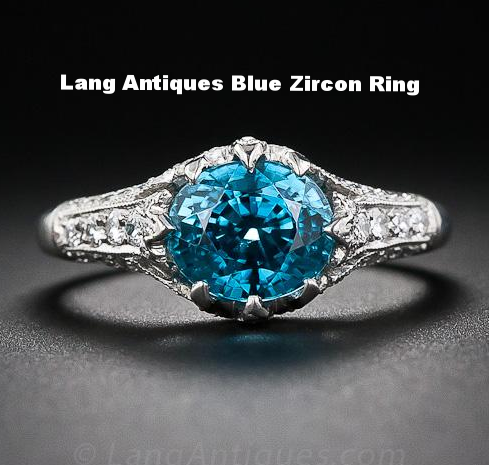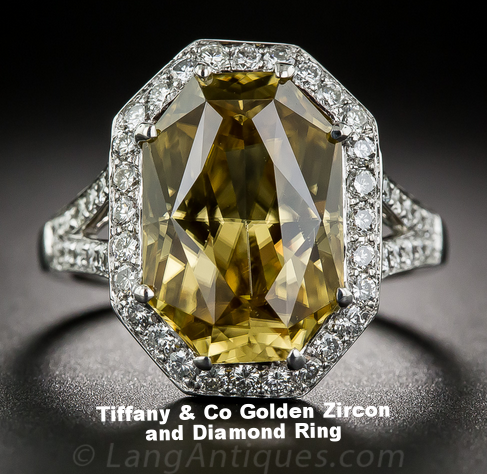It’s a challenge to cut zircon because the gem is brittle. Cutters usually fashion zircon in the brilliant style to take advantage of its luster and fire. In the past, cutters developed a modification of the brilliant cut, known as the “zircon cut,” which uses eight extra facets around the pavilion (the gem's lower portion). In modern times this is rarely seen, as the added labor required makes it not cost effective. Zircon can also be found in step cuts (rows of parallel facets), and mixed cuts (a combination of brilliant and step-cuts).
The fact that the gemstone has been passed over for so long is an absolute shame. Gemologist and author/researcher George Kunz (a famed gemstone buyer for Tiffany & Company) attempted to rename the stone “starlite”, owing to zircon’s high fire, to promote the gemstone. However, the name failed to catch on and over time the stone seemed to fall by the wayside. There may be a potential upside to the relative obscurity of zircon though. Analysts in the gem industry have stated that zircon has yet to reach its full potential in value, and it will only appreciate in value so it may be an excellent time to branch out and embrace the beauty of zircon.
The final word:
Zircon is Not Cubic Zirconia! Zircon is a naturally occurring mineral found in the earth. Cubic zirconia is a man-made diamond simulant. They have both been used in place of diamonds, though cubic zirconia is used much more commonly than zircon in modern times. The differences are easy for a trained gemologist to spot. When in doubt ask an independent gemologist.
Basic Information:
Formula: ZrSO4, May contain minor U, Th, Pb, Hf, Y/REE, P and others.
Crystal Systems: Tetragonal
Hardness: 7-1/2
Color: Yellow, Clear, Blue, Pink, Brown...etc
Lustre: Adamantine, Vitreous, Greasy
Mineral Group: Zircon
Major sources: Major sources of zircon are the Chanthaburi area of Thailand, the Palin area of Cambodia, and the southern part of Vietnam.
Misc: Eye visible, strong double refractivity. This causes high fire that is more noticeable in light colored stones but may be seen even in darker stones.
























